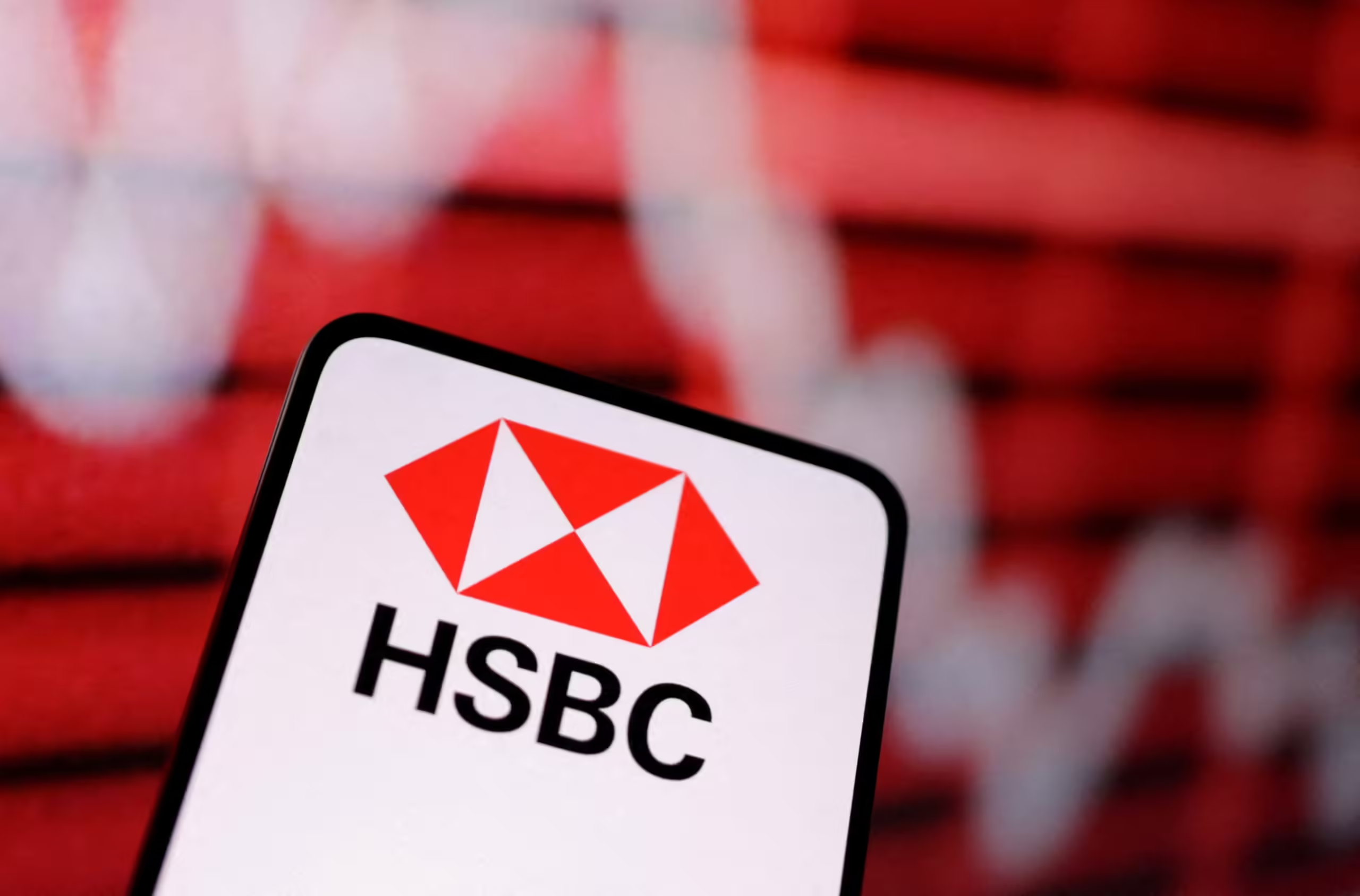VeChain is on a mission to transform itself from an enterprise-focused blockchain platform into a sustainable layer-1 solution tackling global challenges. Their latest weapon in this fight? A brand new Software Development Kit (SDK) designed to attract developers and breathe life into their ambitious vision – “Blockchain For Our Better World.”
Empowering Developers Beyond the Whitepaper
VeChain’s whitepaper 3.0 emphasized multi-stakeholder collaboration, and developers are crucial players. Their expertise in programming languages and crafting smart contracts is essential for VeChain’s success. The new SDK aims to empower them with a comprehensive toolkit, simplifying the creation of software applications specifically for the VeChain ecosystem.
Simplicity is Key
User-friendliness is at the heart of this SDK. VeChain wants to make development seamless and accessible, regardless of experience level. “Having a powerful SDK makes the development journey seamless,” they state, hoping to attract a diverse range of developers and unlock the full potential of the VeChainThor blockchain.
Building on VeChainThor: A Step-by-Step Guide
VeChain’s SDK offers a clear development path. First, creators design the dApp’s functionalities, user interface, and features. Building the smart contract follows, leveraging Solidity for logic and behavior definition. The SDK integrates seamlessly with tools like Remix and Hardhat, simplifying deployment and offering access to pre-existing smart contracts for inspiration.
Next comes the front-end development, where developers create a visually appealing and user-friendly interface using JavaScript, HTML, and CSS. VeChain’s SDK includes the DappKit, a tool that streamlines wallet integration and ensures a smooth connection with compatible wallets.
Also Read: B3TR Planet: VeChain Unveils Three-Phased Plan for Sustainable Future with VeBetterDAO
Testing and Security
Before launching a dApp on the mainnet, rigorous testing is crucial. The VeChainThor Solo Node acts as a localized testing environment, mimicking the live blockchain to identify and fix bugs. Additionally, the SDK provides access to the Devpal suite of tools, further streamlining development and testing workflows.
While developer activity on VeChain peaked in November 2019, it’s important to acknowledge the decline. Additionally, while SDKs simplify development, they raise concerns about potential trade-offs between ease of use and maintaining decentralization principles.
The Future of VeChain Hinges on dApps
The success of VeChain’s new SDK will ultimately depend on the quality and diversity of the dApps it fosters. By simplifying development, VeChain opens doors for a wider range of creators to explore blockchain possibilities on their platform. This could unlock new use cases and solutions, propelling VeChain towards a more sustainable and impactful future.





